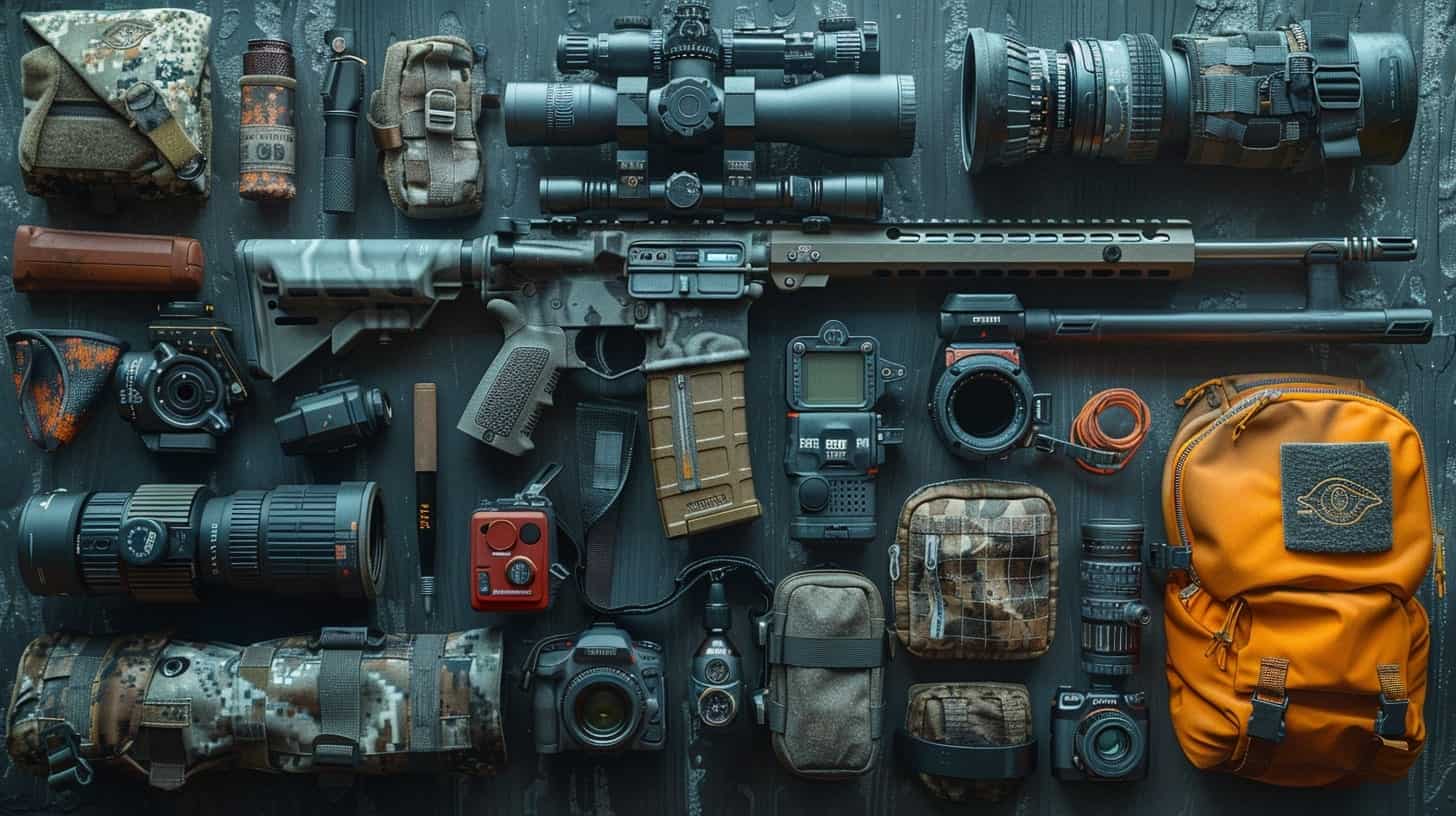
Investing in quality night vision goggles is critical for outdoor enthusiasts seeking to enhance their nocturnal excursions. Select devices with appropriate generation and specifications tailored to your specific requirements.
Generation III goggles offer superior clarity and sensitivity in low-light environments compared to earlier versions, making them ideal for extended use. Aim for models that include autogated technology to mitigate the effects of bright lights, which can impair performance during transitional conditions.
Field of view is another important attribute; broader visibility ensures you won’t miss movements in your surroundings. Consider magnification capabilities that qualify for your intended activity, balancing detail with spatial awareness.
Additionally, weight and comfort contribute significantly to prolonged wear. Look for lightweight options with adjustable straps, ensuring a secure fit without causing discomfort during extended periods of use. The use of durable materials protects your investment against harsh conditions and impacts.
Finally, verify compatibility with additional gear, like helmets or head mounts, allowing for hands-free operation. Prioritize purchasing from reputable sources, checking for customer feedback and warranties to ensure reliability.
Understanding Different Generations of NVGs and Their Applications

Each generation of night vision devices presents unique characteristics, influencing their utility in various scenarios.
- Generation 1: This entry-level technology amplifies ambient light, making it suitable for users on a budget. Performance is limited in complete darkness, but it works well for short-distance observation. Ideal for casual users or those new to night vision.
- Generation 2: Enhanced sensitivity allows for better image quality, providing clearer visuals in low-light conditions. This version includes a microchannel plate to increase brightness. Commonly used in law enforcement and by private security, offering a good balance between performance and price.
- Generation 3: Features a gallium arsenide photocathode, resulting in superior light amplification and image clarity. These devices are prevalent in military applications, boasting impressive range and durability, making them highly effective for tactical operations.
- Generation 4: The latest iteration improves on previous technologies with additional enhancements for clarity and performance. These devices work exceptionally well in total darkness and include improved resistance to blooming effects. Typically utilized by special operations forces.
Selecting the appropriate technology involves considering factors such as intended use, range requirements, and budget. High-end models may offer better optics but come at significantly higher costs. Entry-level options can suffice for personal use where high-performance capabilities are not critical.
- Assess specific needs and conditions for use.
- Determine budget constraints.
- Evaluate weight and compatibility for various setups.
- Research user reviews to identify reliable options.
In summary, understanding differences in generation characteristics and applications helps to identify the most suitable gear for nighttime activities.
Key Features to Consider When Selecting NVGs for Hunting
Optical performance is paramount. Look for a high signal-to-noise ratio, ensuring clear images in low-light conditions. Greater magnification allows for spotting distant game effectively.
Field of view plays a critical role. A wider field permits better situational awareness, helping to detect movement in periphery areas without straining your neck.
Weight and ergonomics must be evaluated. Lightweight designs offer comfort during extended use, while comfortable mounting systems enhance stability, preventing fatigue.
Durability matters significantly. Choose models that are waterproof and shock-resistant, constructed from resilient materials to withstand various environments and rugged conditions.
Battery life is essential. Longer-lasting batteries reduce the frequency of replacements, ensuring that your equipment remains operational throughout your outing.
Compatibility with other gear should be assessed. Check if the device integrates seamlessly with weapons systems or any additional accessories you plan to use.
Generation type impacts performance. Generation 3 devices provide superior clarity compared to older models, leveraging advanced technologies to enhance visibility.
Cost-effectiveness should also influence your decision. Balance performance with budget considerations; investing in quality equipment yields better results in the long term.
Prioritize these elements, and you will ensure an optimal experience during your nocturnal pursuits.
Maintenance Tips for Maximizing the Lifespan of Your NVGs

Store night vision equipment in a cool, dry location. High temperatures and humidity can damage internal components and optics.
Regularly clean lenses using a microfiber cloth; avoid using harsh chemicals that can scratch or degrade coatings.
Inspect the device for any signs of wear or damage before each use. Look for cracks, loose parts, or any moisture inside the housing.
Charge batteries according to the manufacturer’s instructions. Overcharging or letting them deplete completely can reduce their lifespan.
Avoid exposing gear to direct sunlight for prolonged periods. Ultraviolet rays can deteriorate materials and affect performance.
Use protective caps or cases when transporting night vision products. This minimizes exposure to dust, moisture, and physical impacts.
Follow recommended usage guidelines to ensure longevity. Excessive force when adjusting settings can lead to malfunctions.
Periodically update firmware if applicable, to enhance functionality and fix any existing issues.
Consider professional servicing if significant issues arise or if there are signs of malfunction, rather than attempting repairs yourself.

